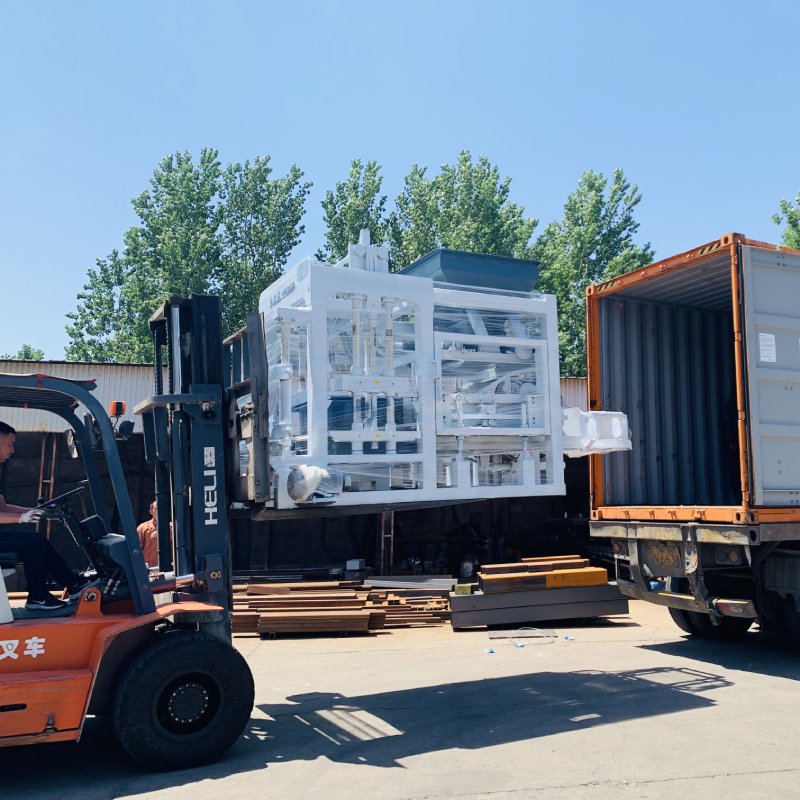
The Environmental Impact of Traditional Brickmaking Methods: Resource Depletion and Waste Generation
Firstly, let’s examine the resource consumption aspect of traditional brickmaking. The production of bricks typically involves the extraction of raw materials such as clay, sand, and limestone. These materials are often mined from the earth, a process that can lead to significant environmental degradation. Mining activities can result in soil erosion, land degradation, and the destruction of natural habitats. Additionally, the extraction of these resources requires large amounts of energy, often in the form of fossil fuels, which contribute to greenhouse gas emissions and climate change.

Furthermore, the brickmaking process itself is energy-intensive. Clay is mixed with water and other additives, molded into bricks, and then fired in kilns at high temperatures. This firing process consumes vast quantities of fuel, typically coal or wood, releasing harmful emissions into the atmosphere. These emissions include particulate matter, carbon monoxide, and other pollutants that can have adverse effects on air quality and human health.
Moving on to the issue of waste generation, traditional brickmaking methods generate a significant amount of waste. During the mining of raw materials, vast quantities of soil and rock are excavated, often resulting in the creation of large waste dumps. These dumps can occupy vast areas of land, disrupting ecosystems and posing a threat to local biodiversity.
Moreover, the brickmaking process itself produces waste in various forms. Broken or imperfect bricks, discarded moldings, and residual ash from the firing process are all considered waste. This waste is often dumped in landfills or left to pile up on the brickmaking site, leading to soil and water pollution. The ash, for instance, can contain harmful metals and other contaminants that can leach into the soil and groundwater, posing a risk to human health and the environment.
It’s worth noting that the environmental impact of traditional brickmaking is not limited to resource depletion and waste generation. The process also contributes to deforestation, as wood is often used as a fuel source for the kilns. This deforestation not only reduces the carbon-storing capacity of forests but also disrupts the ecological balance and affects the livelihoods of local communities.
Given the environmental challenges associated with traditional brickmaking, it’s imperative to explore more sustainable alternatives. Techniques such as the use of recycled materials, improved energy efficiency in the firing process, and the adoption of cleaner fuels can help mitigate the environmental impact of brickmaking. Additionally, policies and regulations aimed at promoting sustainable brickmaking practices and discouraging the use of environmentally harmful methods can play a crucial role in reducing the overall environmental burden.
In conclusion, the traditional brickmaking process, while historically significant, poses significant environmental challenges in terms of resource depletion and waste generation. The extraction of raw materials, the energy-intensive production process, and the generation of waste all contribute to the environmental impact of this age-old technique. It’s essential to recognize these impacts and seek sustainable alternatives to mitigate the environmental burden of brickmaking. By adopting more environmentally friendly practices and policies, we can ensure that the construction industry continues to thrive while protecting our precious natural resources and the environment.
